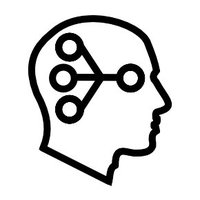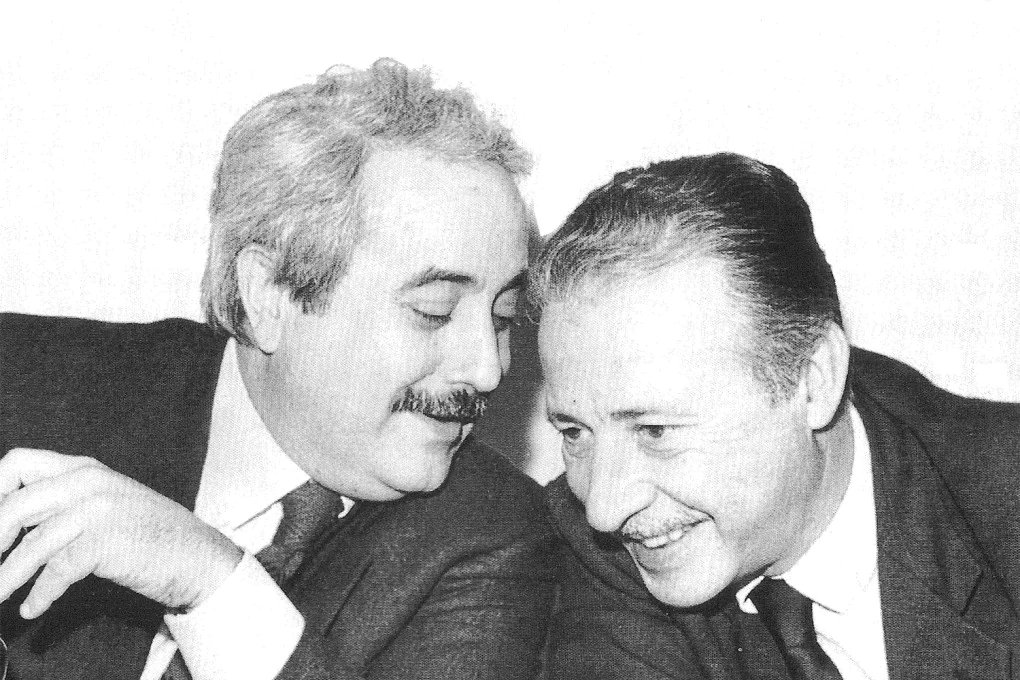
Giuseppe Castegnetti
@gcastegnetti
Neuroscientist, former member of @bendemartino lab at UCL and @bachlab_cog at UZH.
ID: 381089745
27-09-2011 18:37:18
67 Tweet
106 Takipçi
597 Takip Edilen


1/2 New from the lab by Karita Ojala: a review of 10 types of conditioned responses that are used to measure fear conditioning. Relation to amygdala-based learning, computational learning models, measurability?authors.elsevier.com/a/1b3wHY3M3Q80r





New from the lab by Yanfang Xia 夏艳芳 Filip Melinscak in Behav Res Methods: Saccadic scan path length/speed during CS as indicator of human fear conditioning. Effect size (Hedge's g) 0.4-0.6. Underlying mechanism: more and longer fixation on screen centre during CS+. doi.org/10.3758/s13428…


1/ New from the lab in Nature Human Behaviour, with Filip Melinscak, @smfleming and Manuel Völkle: how to optimise measurement of experimental dependent variables across fields of psychology. nature.com/articles/s4156…



New paper online. Lucky to have worked on this with the awesome Mariana Zurita and @bendemartino. Two years well spent - thank you both 🤍


Today is our official start at the new Hertz Chair for Artificial Intelligence and Neuroscience Rheinische Friedrich-Wilhelms-Universität Bonn. Looking forward to working with brilliant colleagues, and very honoured by this warm welcome: uni-bonn.de/en/news/062-20…

New behavioural methods paper by brilliant Jelena Wehrli with Yanfang Xia 夏艳芳 and Samuel Gerster: best way to measure long-interval (15 s) human trace fear conditioning (pupil dilation and SCR), and its retention after 7 days (startle eye-blink). onlinelibrary.wiley.com/doi/10.1111/ps…









